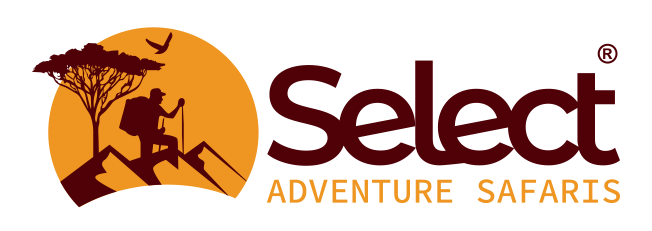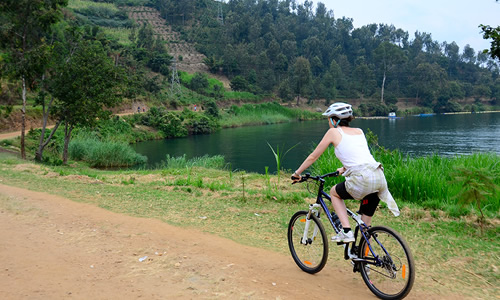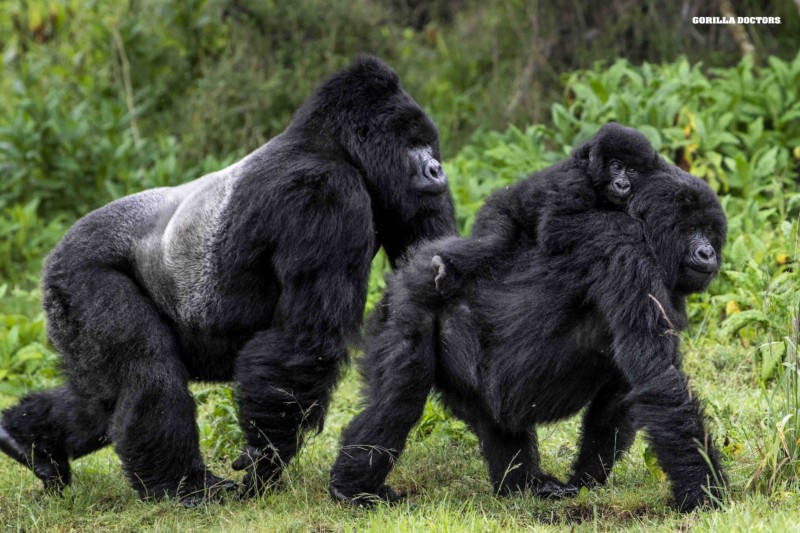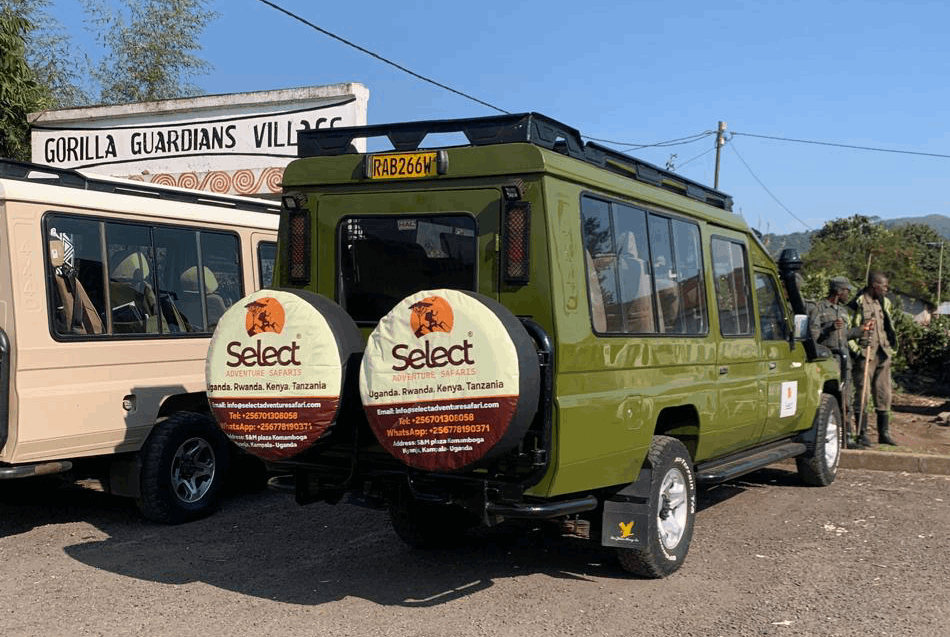Information on climbing mount Kenya
Information on climbing mount Kenya :Mount Kenya is Kenya’s top tourist destination and is renowned for providing incredible mountain climbing safaris in Kenya. Mount Kenya is the second-tallest mountain in Africa, behind Mount Kilimanjaro, and it is also the tallest mountain in Kenya, standing at 5,199 meters.
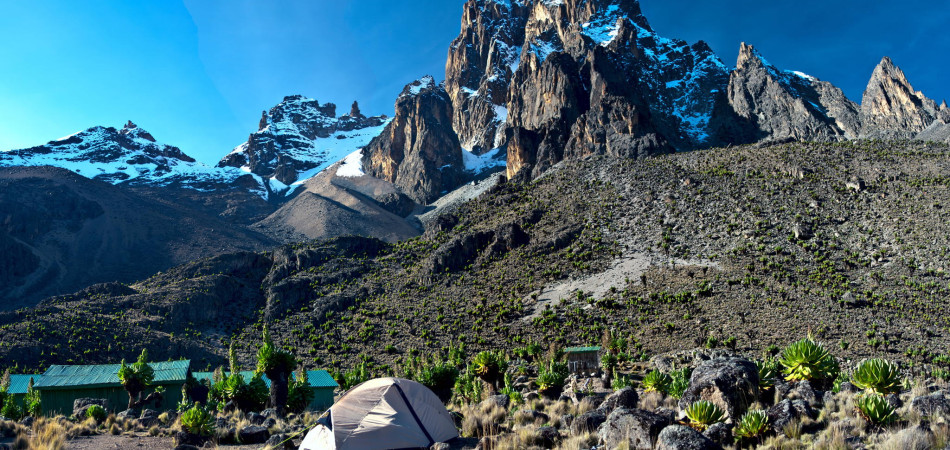
The extinct stratovolcano known as Mount Kenya, which is located in the middle of Mount Kenya National Park, was produced about three million years ago. The old Eastern and Central provinces of Kenya, presently known as Meru, Embu, Laikipia, Kirinyaga, Nyeri, and Tharaka Nithi, are home to Mount Kenya. Kenya is a very significant location in Kenya because it is a popular safari destination and a UNESCO World Heritage Site. The name Kenya is derived from this stunning volcano.
Here are some commonly asked questions and a guide to climbing Mount Kenya in case you’re considering a Kenya mountain climbing safari.
How can one access Mount Kenya?
Mount Kenya is located around 200 kilometers (125 miles) northeast of Nairobi and is protected by Mount Kenya National Park; in order to reach the peak, one must fly to Kenya via Nairobi and land at Jomo Kenyatta International Airport (NBO).
Road transportation can be used to go to Mount Kenya from Nairobi in either a public or private car.
The Mount Kenya peaks
Batian, Nelion, and Point Lenana are the three peaks that make up Mount Kenya, and each one is different in height.
Batian is Mount Kenya’s main summit and its tallest peak, reaching to a height of 5,199 meters (17,057 feet). Expert rock climbers and mountaineers typically ascend Batian peak.
The north face approach, which is most effective from July to September, and the southwest ridge route, both of which are options for ascending Batian Peak.
Nelion
Nelion Peak is a lesser twin peak of Batian Peak that rises to a height of 5,188 meters (17,021 feet). Nelion is quite difficult, requiring ascent through numerous rock pitches in order to reach the summit.
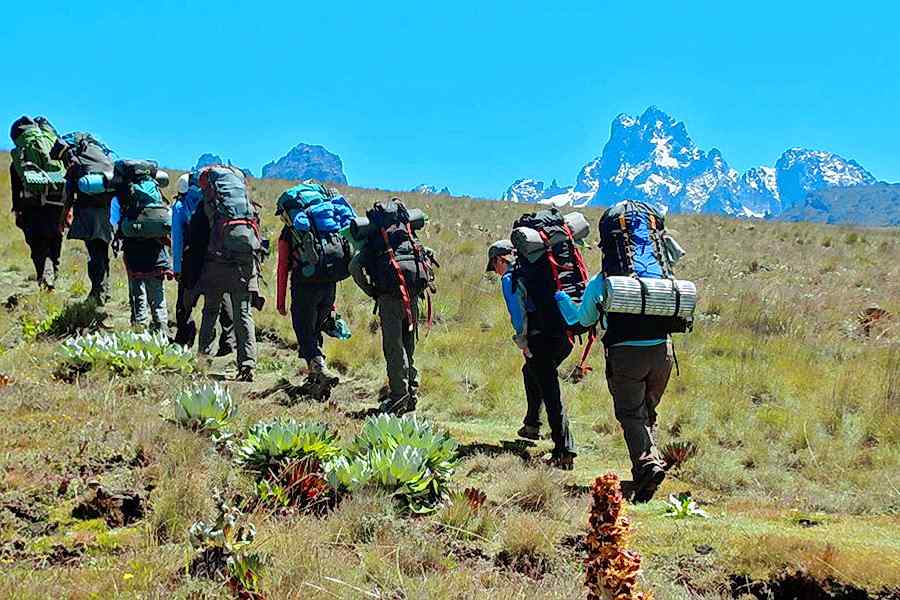
Lenana Point
The third peak on Mount Kenya, Point Lenana, rises to a height of 4,985 meters (16,354 feet). Because it needs minimal technical climbing abilities, it is a favorite peak among climbers on Mount Kenya.
There are many ways to get to Point Lenana, but climbing it is quite physically demanding, thus climbers must be in good physical shape.
How challenging is Mount Kenya to climb?
Regardless of the peak you are climbing, climbing Mount Kenya is generally quite difficult, so every climber needs to be extremely fit. Your level of fitness aids you in negotiating steep terrain and longer distances while climbing.
Because Mount Kenya is higher up, climbing it is typically more difficult than descending.
Please take note that if you are experiencing altitude sickness, you will require the assistance of a professional guide.
What are the primary routes for climbing Mount Kenya?
There are five primary climbing routes up Mount Kenya, each of which leads to a different summit. These five climbing routes include
path of Sirimon
One of the most well-known climbing routes used to ascend Mount Kenya is the Sirimon route, a minimum 2-day climb that provides climbers with a beautiful approach to the mountain’s highest peak. It is sensibly advised to extend your climbing safari by one day in order to acclimatize to the altitude when ascending Mount Kenya through the Sirimon route.
The Sirimon route consists of two camps: Shipton’s camp, which is located at 4,200 meters (13,800 feet), and Old Moses, which is located at 3,300 meters (10,800 feet).
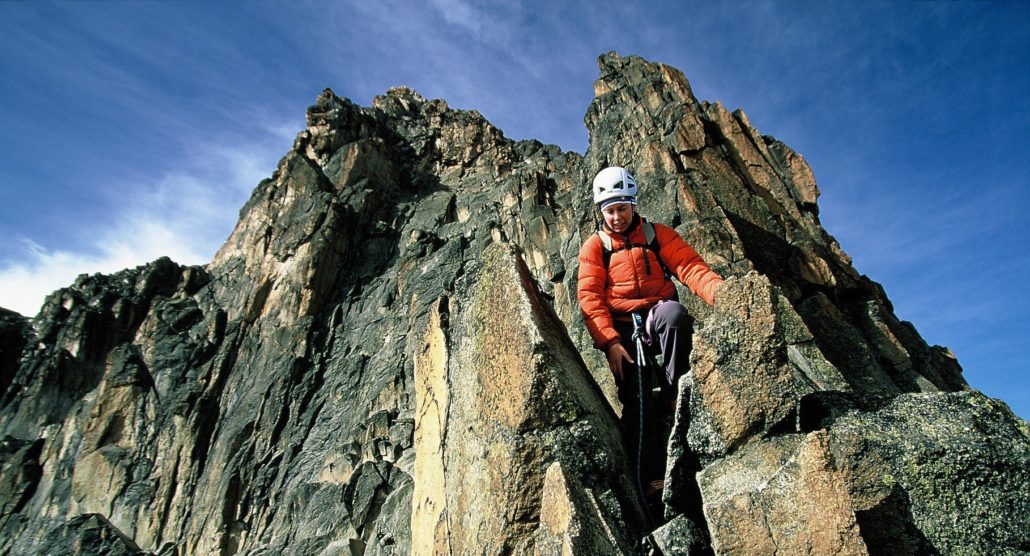
the Mount Kenya hike
path to Burguret
The Burguret route is a difficult ascent of Mount Kenya that is best suited for climbers who like to be by themselves. The beginning of the Burguret path is through a tropical jungle with untamed flora and is very muddy.
It takes a minimum of three nights to ascend Mount Kenya using the Burguret path, though it can be combined with other trails and routes.
Path to Naro Moru
The Naro Moru path is the quickest and most direct ascending route used to ascend Mount Kenya. Due to its short length, the route is also the busiest. The greatest path to take when climbing Mount Kenya is the Naro Moru route since it is quick and simple, provides breathtaking vistas of vibrant plant life, and one of the best sights to see while climbing on this route is the Vertical Bog, which is occasionally flooded.
One day is sufficient to complete the Naro Moru path, but two days and one night are preferable.
The Chogoria Route
The Chogoria route offers excellent scenery, including views of waterfalls and an incredible gorge. It is the greatest option to employ for climbing Mount Kenya and descending the volcano.
It takes 6 days to ascend Mount Kenya through the Chogoria path, plus 3 days to descend.
path to Timau
The Timau path on Mount Kenya is an older route/track, however it is today less popular. Timau is not one of the finest ways to utilize when climbing Mount Kenya because it has nowhere to spend the night.
path to Nelion via South Ridge
The South Ridge path to Nelion leads to Nelion peak, which is close to Mount Kenya’s highest peak and provides breath-taking vistas as climbers proceed down the mountain’s south face.
It takes 8 hours to ascend Mount Kenya through the South Ridge route to Nelion, roughly 18 patches, and 3 hours to descend (2 days and 1 night).
Taking the North Face to Batian
North face route to Batian is an excellent route for climbers approaching Batian peak from Nelion reached via a climb on the north face of the mountain,
This is the most difficult path to climb Mount Kenya, and it is typically utilized by experienced climbers. It takes about 12 hours to ascend and 5 hours to descend using this route (2 days and 1 night).
How is the climate on Mount Kenya?
The equator, where the volcano is located, is linked to Mount Kenya’s climate, which is often warm and sunny during the day and gradually cools off at night.
The dry season and the wet season are the two seasons that Mount Kenya encounters. The dry season lasts from Mid-March to June, and the wet season lasts from July to September. The optimum time to climb Mount Kenya is during the dry season, which is characterized by little to no precipitation and daily average temperatures ranging from 11 °C to 26 °C depending on height.
It is recommended to bring warm clothing, especially at night, because while climbing Mount Kenya, you will spend the night at high heights of the mountain. However, despite the volcano’s great altitude, temperatures rarely drop below freezing.
A sleeping bag, thermal base layers, fleeces, and protective outer layers are essentials for climbing Mount Kenya.
How much does a guided ascent of Mount Kenya cost?
The cost of climbing Mount Kenya with an experienced guide normally varies on how long the climb takes. Mount Kenya climbing is available in the packages that are indicated below.
| CITIZENS/RESIDENTS | NON-RESIDENTS | |||
| Adult
(Kshs) |
Child/student (Kshs) | Adult (US$) | Child/Student (US$) | |
| Mt.Kenya (Day trip) | 250 | 215 | 30 | 20 |
| Mt.Kenya (3 Day Package) | 700 | 645 | 85 | 55 |
| Mt.Kenya (4 Day Package) | 950 | 860 | 110 | 75 |
| Mt.Kenya (5 Day Package) | 1,200 | 1,075 | 140 | 95 |
| Mt.Kenya (6 Day Package) | 1,450 | 1,290 | 175 | 115 |
Note: the above rates are applicable for 2020 – 2021
